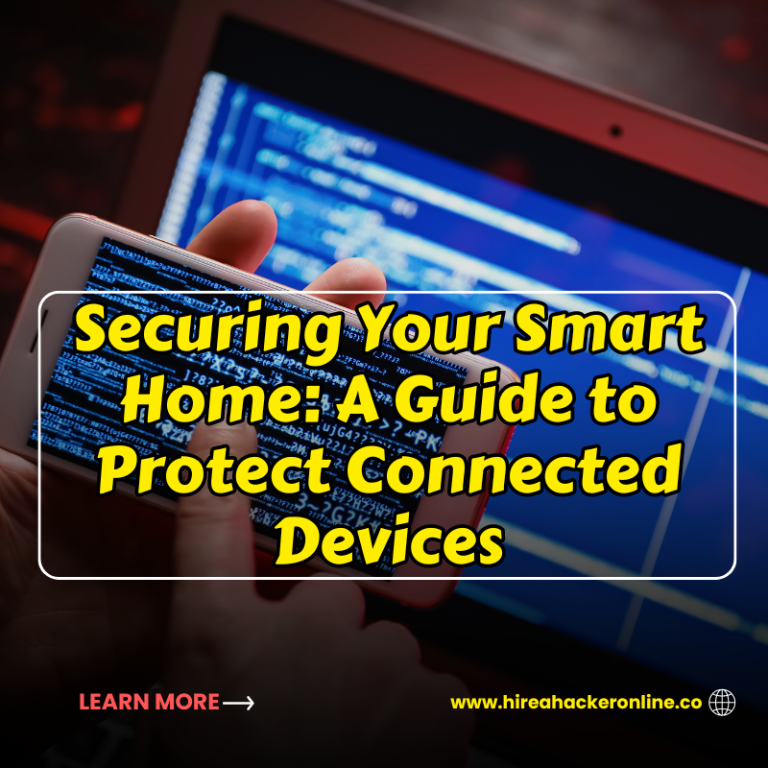The allure of a smart home is undeniable. From voice-activated assistants to automated thermostats, these devices offer unparalleled convenience and comfort. However, as our homes become increasingly interconnected, so do the potential vulnerabilities. Cybercriminals are always on the lookout for new targets, and your smart home could be their next victim. This blog will provide essential steps to safeguard your connected devices and ensure your home remains a secure sanctuary.
Understanding the Threats
Before diving into protective measures, it’s crucial to understand the potential risks. Cybercriminals can exploit vulnerabilities in smart devices to gain access to your personal information, and financial data, and even control your home remotely. Some common threats include:
- Unauthorized Access: Hackers can exploit weak passwords or default settings to access your devices and network.
- Data Breaches: Sensitive information stored on your devices can be stolen and misused.
- DDoS Attacks: Your devices can be compromised and used to launch attacks on other systems.
- Physical Security Risks: Smart devices with cameras or microphones can be used for surveillance.
Bolstering Your Home’s Defenses
Now that you’re aware of the threats, let’s explore practical steps to protect your smart home:
Strong and Unique Passwords:
- Create complex passwords for all your smart devices and accounts.
- Avoid using the same password for multiple devices or services.
- Consider using a password manager to generate and store strong passwords securely.
Regular Software Updates:
- Keep the operating systems of your devices and connected apps up-to-date.
- Updates often include security patches that address vulnerabilities.
- Enable automatic updates whenever possible.
Secure Your Wi-Fi Network:
- Use a strong, unique password for your Wi-Fi network.
- Enable Wi-Fi Protected Access (WPA3) encryption for the highest level of security.
- Regularly change your Wi-Fi password.
- Consider using a guest network for visitors to isolate your main network.
IoT Device Segmentation:
- Create a separate network for your smart devices to isolate them from your main network.
- This limits the potential damage if one device is compromised.
- Some routers offer built-in guest networks, while others require additional hardware.
Research Device Security:
- Not all smart devices are created equal when it comes to security.
- Research the security features of devices before purchasing.
- Look for devices with reputable brands and strong privacy policies.
Limit Device Sharing:
- Be cautious about sharing device information with third-party apps or services.
- Only grant access to trusted apps.
- Regularly review app permissions and revoke unnecessary access.
Monitor Network Activity:
- Keep an eye on your network for unusual activity or unauthorized devices.
- Use antivirus and firewall software to protect your network.
- Consider using a network monitoring tool for advanced protection.
Physical Security:
- Protect your devices from physical tampering.
- Place cameras and microphones in secure locations.
- Be mindful of the information shared through voice assistants.
Additional Tips:
- Enable two-factor authentication whenever possible.
- Be cautious about public Wi-Fi networks.
- Regularly back up your data.
- Educate family members about smart home security.
By following these guidelines, you can significantly enhance the security of your smart home. Remember, a proactive approach is essential to staying ahead of cyber threats. Stay informed about the latest security best practices and adapt your protection measures accordingly.




